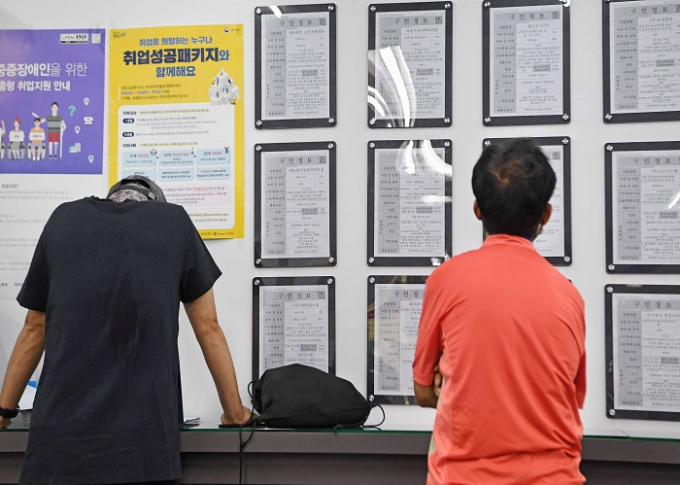Sale of Korea’s bank debentures hits all-time high as capital reserves shrink
By Sep 01, 2020 (Gmt+09:00)
LG Chem to sell water filter business to Glenwood PE for $692 million


Kyobo Life poised to buy Japan’s SBI Group-owned savings bank


KT&G eyes overseas M&A after rejecting activist fund's offer


StockX in merger talks with Naver’s online reseller Kream


Mirae Asset to be named Korea Post’s core real estate fund operator


According to the Korea Financial Investment Association, local banks’ bond issues in the January to August period rose 31.1% on a year-on-year basis to a fresh peak of 118.4 trillion won ($99.9 billion). If the upward trend continues, full-year figures are also expected to climb to the highest levels on record, exceeding last year’s 134.9 trillion won.
Korean lenders are seen aggressively selling certificates of deposit (CDs) as the financial instruments are partly classified as deposits when calculating banks’ loan-to-deposit ratios. The balance of CD issues at the end of August rose to 14.8 trillion won from around 8 trillion won a year earlier.
Some banks resort to asset-backed commercial papers (ABCPs) to raise capital. ABCPs are commercial papers collateralized by other financial assets such as bank deposits.

Banking industry officials say move is a defensive one, guarding against a sudden deterioration in banks' asset soundness.
Korean banks face massive fund outflows as record-low interest rates prompt individuals to withdraw their money from bank accounts to invest in stocks and various forms of real estate, which yield higher returns. From the end of 2019 until the end of July, the balance of bank deposits fell by 9 trillion won to 707 trillion won.
Further, the government has asked local banks to generously extend loans to enterprises and smaller-firm owners hit hard by the fallout of the coronavirus pandemic.
As of the end of July, corporate lending by banks stood at 955 trillion won, up from 869 trillion won at the end of last year. Household loans rose by 48 trillion won to 936 trillion won.
LOOSENED LIQUIDITY REQUIREMENTS
To ease banks’ liquidity difficulties, the Financial Services Commission recently extended loosened liquidity requirements for local banks, including those concerning the foreign-exchange liquidity coverage ratio (LCR), by six months through March 2021. The financial regulator said the extensions were meant to address possible funding stress in times of volatility. Local banks’ LCR has steadily declined to 103% at end-July from 112% in March.
Government data showed the average capital adequacy ratio of South Korean banks declined in the April-June period for the third consecutive quarter, weighed by increasing corporate lending. During the second quarter, banks’ corporate lending jumped by a net 48.6 trillion won ($41 billion) in aggregate, leading to an increase in their risk-weighted assets.
Write to Jin-Seong Kim at jskim1028@hankyung.com
In-Soo Nam edited this article
-
 Shipping & ShipbuildingHanwha Ocean shares sink after KDB's sale of 4.2% stake
Shipping & ShipbuildingHanwha Ocean shares sink after KDB's sale of 4.2% stakeApr 29, 2025 (Gmt+09:00)
-
 EnergySouth Korea nears Czech nuclear deal; Doosan, related stocks fly high
EnergySouth Korea nears Czech nuclear deal; Doosan, related stocks fly highApr 25, 2025 (Gmt+09:00)
-

-
 Business & PoliticsSeoul, Washington agree on July tariff deal framework in '2+2' trade talks
Business & PoliticsSeoul, Washington agree on July tariff deal framework in '2+2' trade talksApr 25, 2025 (Gmt+09:00)
-



